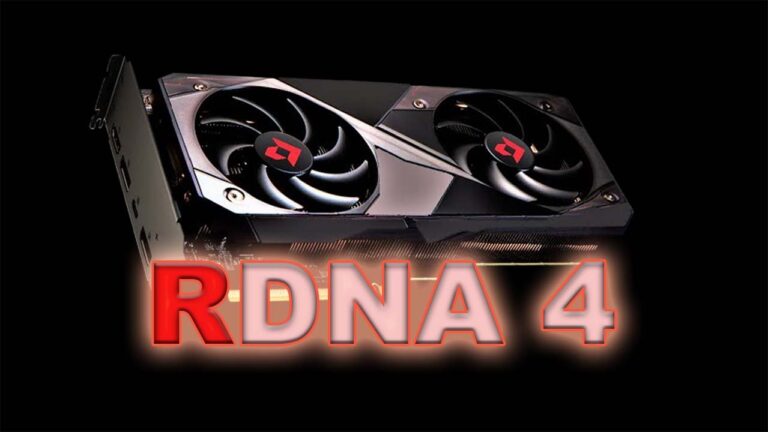
As a tech enthusiast, I know nothing quite like anticipating a new processor architecture. Intel’s Ultra 9 285K had many waiting with high expectations, especially as Intel aimed to regain an edge over AMD in gaming and productivity. But, after rigorous testing, it’s clear the Ultra 9 285K leaves much to be desired—especially for gamers. Let’s dive into the performance, stability, and key details about this latest CPU release from Intel.
Gaming Performance
The Ultra 9 285K doesn’t hold up well when it comes to gaming, surprisingly underperforming against older CPUs, such as the i9-12900K. Even with games like Cyberpunk 2077 and Age of Mythology, the Ultra 9 285K struggled, showing signs of instability and reduced performance. In some cases, it even lagged behind AMD’s Ryzen 7 7800X3D.
This CPU was benchmarked alongside AMD’s Ryzen 9 9950X, and Intel’s own i9-12900K and 13900K, using an RTX 4090 GPU so there is no GPU Bottleneck. Despite this powerful setup, performance issues persisted, especially with frame rate drops and latency inconsistencies in demanding games.
Age of Mythology (1080p): Intel’s Ultra 9 285K failed to deliver stable performance, underperforming against both AMD and older Intel processors.
Cyberpunk 2077: Frustrating results were seen in Cyberpunk, where the i9-12900K performed better at maintaining stability. Unfortunately, the Ultra 9 285K couldn’t handle it, even with tweaks like disabling efficiency cores, which actually worsened performance.
Far Cry 6 and Baldur’s Gate 3: These titles showed slightly better performance from the Ultra 9 285K. However, even in these, the i9-12900K sometimes offered smoother gameplay with fewer performance dips.
Stability and Power Consumption Issues
When benchmarking, particularly with Cyberpunk 2077, there were frequent crashes and some frustrating “mouse skipping” issues. This behaviour raises questions about long-term reliability, especially for those considering this CPU for gaming.
The power efficiency did see some improvements, with lower average power consumption than the previous generations. However, there were surprising power spikes during intensive gameplay, which could lead to inconsistent power draw and performance under high workloads.
Productivity Benchmarks: A Silver Lining?
If you’re looking for a productivity-focused CPU, the Ultra 9 285K does offer a few strong points. In Cinebench R23, it outperformed the Ryzen 9 950X, although at the cost of slightly higher power consumption. The CPU also did well in Geekbench 6, a benchmark that evaluates various computational tasks, showing strong scores for AI applications and other core-intensive workloads. However, in V-Ray rendering, it was still outpaced by the Ryzen 9 950X, limiting its appeal for all-around productivity.
Using an Arctic 420mm cooler kept temperatures under control. However, smaller or standard AIO coolers might struggle to keep this CPU below 90°C during continuous high-load scenarios.
Intel's New Approach: What’s Behind the Ultra Series?
Intel has restructured its product naming, now calling its lineup the “Ultra” series instead of the classic i3, i5, i7, and i9 branding. While this branding shift promises high-performance products, the “Ultra” name does little to live up to expectations. Additionally, Intel’s move to TSMC silicon should, in theory, yield better efficiency, yet the Ultra 9 285K doesn’t provide a dramatic performance jump in gaming compared to older generations.
Should You Buy the Intel Ultra 9 285K?
In short, it’s challenging to recommend the Ultra 9 285K, particularly for gamers. The instability issues, paired with less impressive gaming benchmarks, make it less attractive compared to AMD options like the Ryzen 7 7800X3D. Intel’s previous generations, such as the i9-12900K, still provide reliable performance at a more affordable price.
However, if productivity is your primary focus, and you’re willing to overlook some quirks, the Ultra 9 285K might be worth considering.
Final Thoughts
In the end, the Ultra 9 285K is a mixed bag. It’s a capable CPU for specific productivity tasks but fails to impress in gaming. For budget-conscious users, alternatives like the Ryzen 7500F or the 5700X3D paired with a budget-friendly motherboard offer a more stable, cost-effective experience. Until Intel can address the stability and gaming performance issues, AMD’s lineup remains a compelling choice for gamers and creators alike.





